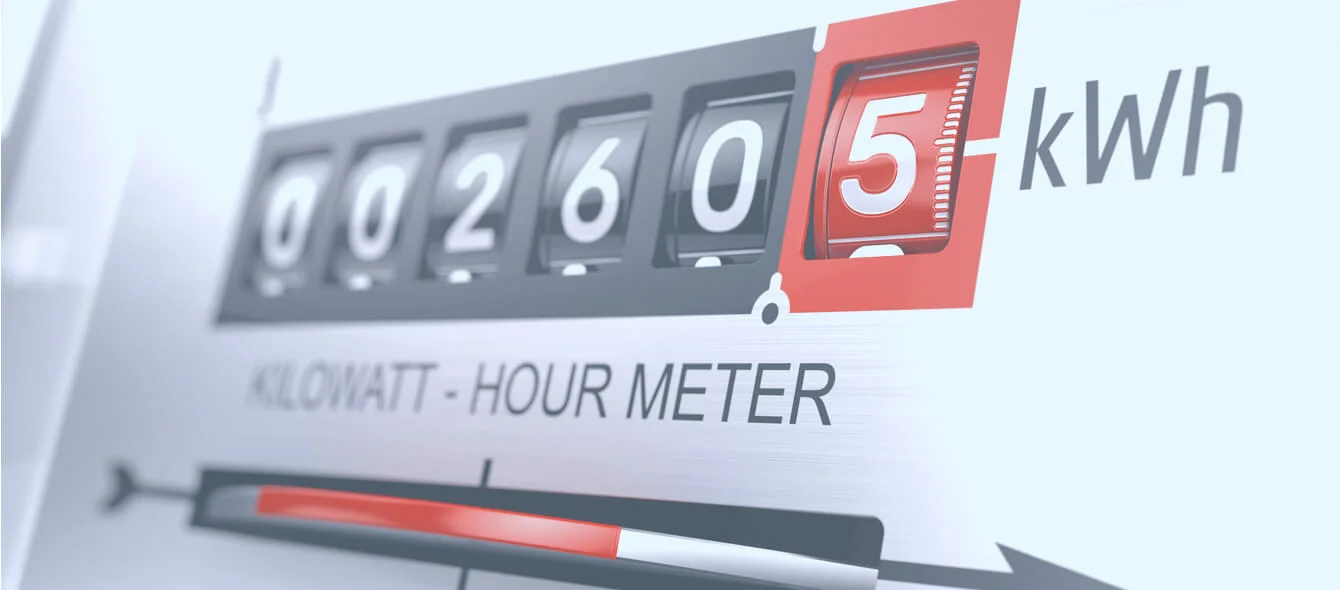Whether in Germany, the Netherlands, Belgium or the UK, many consumers’ power bills are set to increase in 2019. The reasons for the hike are not stated on the bill, and small wonder when they are so complex.
To understand the reasons behind the rise, it is instructive to look more closely at the breakdown of consumer prices. Broadly speaking, these are made up of four components: procurement and distribution costs, electricity grid costs, taxes and levies payable by all consumers, and expenditure that businesses can claim back, such as VAT.
Whilst all four components feed into prices more or less everywhere, the extent to which they do so varies – sometimes markedly – from one country to another. This may be due to differences in the energy mix, in distribution costs and grid usage fees, or in the taxes and charges levied by different governments.
In our two-part mini-series on the ‘ABC of electricity pricing’, we explain the factors determining power prices. In this first instalment, we will be looking at what proportion of the cost is due to energy-sector competition.
Many people are surprised when they learn just how small a share of the electricity price procurement and distribution costs represent. In the UK it is just over half, but this is high by international standards. In Belgium, for example, it is a mere 29 per cent, whilst in Germany it is under a quarter. Taxes and charges have a much greater impact on determining prices, making up a full 38 percent in Germany, for instance.
Cost breakdown in Germany, Netherlands, Belgium and United Kingdom
Year 2016, numbers in percent (Source: Eurostat 2016).Procurement costs are what a utility or power supplier has to pay when purchasing electricity, and mainly comprise the cost of power generation. However, the end price is a function of supply and demand. One good indicator of this is the wholesale prices determined on energy exchanges or derived from the prices on such exchanges.
In the last decade, wholesale electricity prices have been highly volatile, with average prices in the European Union fluctuating anywhere between 35 and 70 euros per megawatt hour (MWh) from 2008 to 2018. Indeed, on many occasions even this range has not been able to contain all the fluctuations: in late 2008, prices rocketed to over 90 euros/MWh, whilst in mid-2016 they plummeted – briefly – to around 30 euros/MWh.
Since then, the trend has been for wholesale prices to edge back upwards. Germany’s Federal Association of the Energy and Water Industry (BDEW) believes that the main drivers of this trend have been rising raw materials costs (coal and gas), as well as increasing prices in the EU emissions trading scheme. As of mid-February 2019, a MWh was trading on the Leipzig Energy Exchange (EEX) for slightly under 50 euros, thus putting pressure on prices from that side.
Transmission costs and VAT
One other factor, which has a more noticeable impact on distribution costs than on production costs, is wage levels. In Germany, Belgium, the Netherlands and the United Kingdom, utilities and other power suppliers generally have to pay their workers more than suppliers in southern and eastern Europe.
On the other hand, since the EU’s internal energy market was created in 1996, the one-time monopolists have been subjected to increasingly stiff competition, with a number of newcomers entering the market. Consumers can thus choose from a range of energy tariffs.
This competition has prompted suppliers to cut costs (as well as margins). That is another reason why, overall, procurement and distribution costs have fallen in the EU rather than risen. However, the potential savings to be made on distribution and customer service have now reached their limit.
Gradual alignment of wholesale prices across Europe
One piece of good news for consumers is that pan-EU competition seems to be working: according to a recent report from the European Commission on energy prices and costs in Europe, “in the wholesale electricity market, increasing market coupling and interconnectors are clearly creating price convergence (an indication of more efficient markets)”. In other words, prices are becoming ever more closely aligned because it is becoming easier to physically transport electricity, making it easier to trade across borders. And since the cheaper electricity sells better, prices stabilise at a lower rather than higher level.
Detailed electricity price breakdown in Germany
Year 2018, numbers in percent (Source: BDEW)In part two of this mini-series the en:former will take a closer look at the proportions, the governments and the authorities.
Photo credits: Sashkin, shutterstock.com
